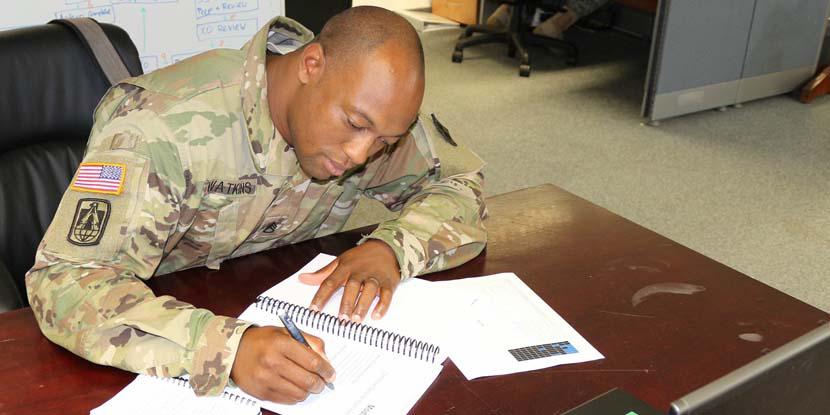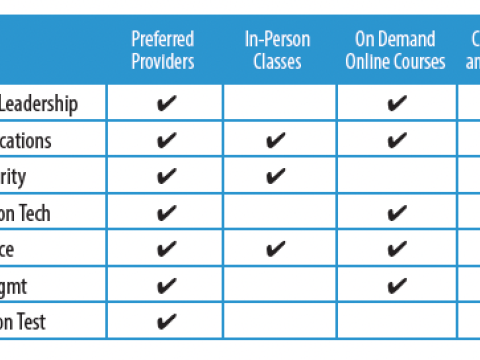Individual Growth Key to Military Might
The military services offer warfighters extensive opportunities for professional development. Unfortunately, many fail to explore all available options. They lose the advantage of professional growth, and the country misses out on innovative thinkers who could help meet ongoing and future challenges.
The strategic focus for the realignment of military force has changed since the months immediately following the tragic events of September 11, 2001. The complexity of asymmetric warfare and engagement in proxy wars has forced the U.S. Defense Department to ensure that only the most qualified members remain in the military.
Yet, for example, despite a multibillion-dollar educational budget, a survey conducted by The Washington Post in April 2017 revealed that more than 50 percent of veterans do not to take advantage of GI Bill benefits. In addition, while cyber and intelligence are among the most rapidly evolving fields, few active-duty warfighters seek the professional IT certifications the Defense Department offers at no charge.
The decision to ignore these opportunities is particularly detrimental to individuals seeking a military career today. The department’s strategy has shifted from recruiting anyone with a high school diploma or equivalent to selecting and retaining only the top performers. According to the "2016 Index of U.S. Military Strength," an assessment of the United States’ ability to provide for the common defense published by the The Heritage Foundation, the Army reduced its active-duty force by nearly 12 percent from 2013 to 2015.
In many cases, both commissioned and enlisted service members are stunned by unexpected retention control point notifications resulting essentially in pink slips before their service obligation expired. However, often those selected for separation did not make the extra effort to develop and stay competitive.
Today, a combination of evolving threats and call for a reduction in forces to address a budget crunch has led the Defense Department to increase its emphasis on lifelong learning as a force multiplier. While deterrence against land, sea, air and space threats is a skill warfighters learned over time, the cyber age introduced a new set of challenges, completely revamping the modern battlefield.
To combat these latest challenges, the Army introduced the 17C military occupational specialty—Cyber Operations Specialist. It is specifically designed to train and sustain a force to protect the military’s and Defense Department agencies’ critical cyber infrastructure from evolving threats. Despite this opportunity, however, many service members have not taken the initiative to invest in their own futures and the future of the force by taking advantage of educational programs.
Although many might disagree with military theorist Carl von Clausewitz, the fog of war that unpredictable and largely ungoverned cyber capabilities created drove military changes to its current state. Physical and intellectual attributes expected of a service member no longer absolutely guarantee success. As a result, the whole soldier concept is more applicable now than ever: resiliency, professionalism, aptitude, good morals/ethics, adequacy, other positive personal traits and the ability to take decisive action along with a faithful commitment to Army values shape the model of the today’s soldier. And yet, being a well-rounded soldier only ensures continuous employment when warfighters take the additional time to develop and grow.
In addition to self development via professional and institutional domains, warfighters today must understand what drives military change and what they can do to support current missions. Provocative acts by Russia and North Korea, the continuing crisis in the Middle East, tension between India and Pakistan and instability across the African continent are all real threats. Mission success will depend on the military maintaining its proficiency and competency in every action and at every echelon of the command and individual levels. One way to accomplish this is through continuing education that develops competent and independent thinkers who produce innovative ideas.
1st Lt. Maxim Yershov, USA, is stationed in Germany with the 52nd Signal Battalion. The views expressed are his own.





Comments